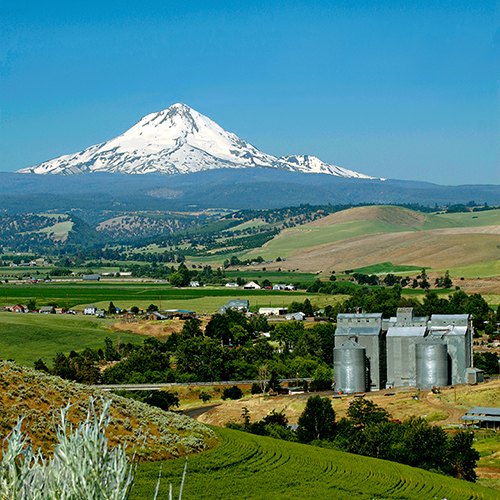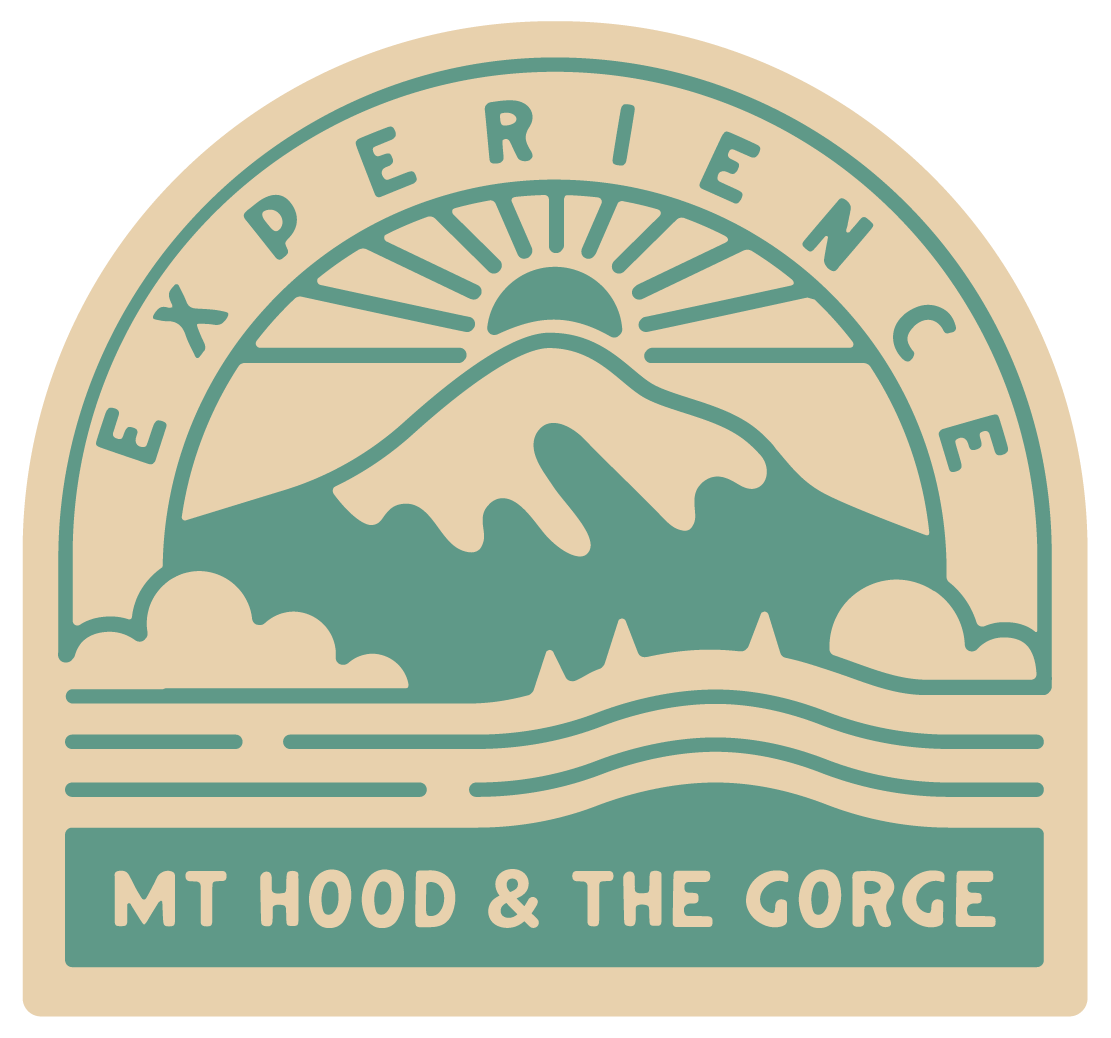The Columbia River Gorge and Mt. Hood were critical passage routes for early pioneers coming to Oregon. Infamous Lewis and Clark traveled through the Gorge, while many caravans rode in on the Oregon Trail traversing both the river and land, up and around Mt. Hood, in the hopes of finding what was known to them as the promised land.
In 1845, Samuel K. Barlow and his family arrived in The Dalles via the Oregon Trail without enough money to afford the already precarious river passage, nor the ability to take their stock with them on the river. Samuel knew there was a better way. God never made a mountain that had no place to go over it or around it, he proclaimed.
Thus, the Barlow family led a 30 wagon caravan south of The Dalles, turning southwest at Tygh Valley, and then west, forging an overland trail up and over Barlow Pass (4,155 ft) on Mt. Hood. Joining forces with Philip Foster, the two men led the construction of this historic passage through the wilderness in the spring of 1846, with only hand axes and saws.
Today, the Barlow Road remains a narrow, rough pioneer dirt trail. Parts if this infamous road can still be experienced by visitors at the Pioneer Womans Grave, Summit Meadow, a replica of the Tollgate where pioneer wagons had to pay for access to the Barlow Road, and the most difficult descent on the entire Oregon Trail, 60% grade Laurel Hill. A visit to Philip Foster Farm features a hands-on experience of what life was like for the pioneers who forged one of Oregons most historic routes. The Columbia Gorge Discovery Center & Museum in The Dalles showcases what traveling was like for Lewis & Clark as well as what impact all this migration had on towns in the region like The Dalles.
Follow the paths laid out by so many in the 1800s by visiting the Columbia River Gorge and Mt. Hood today!




